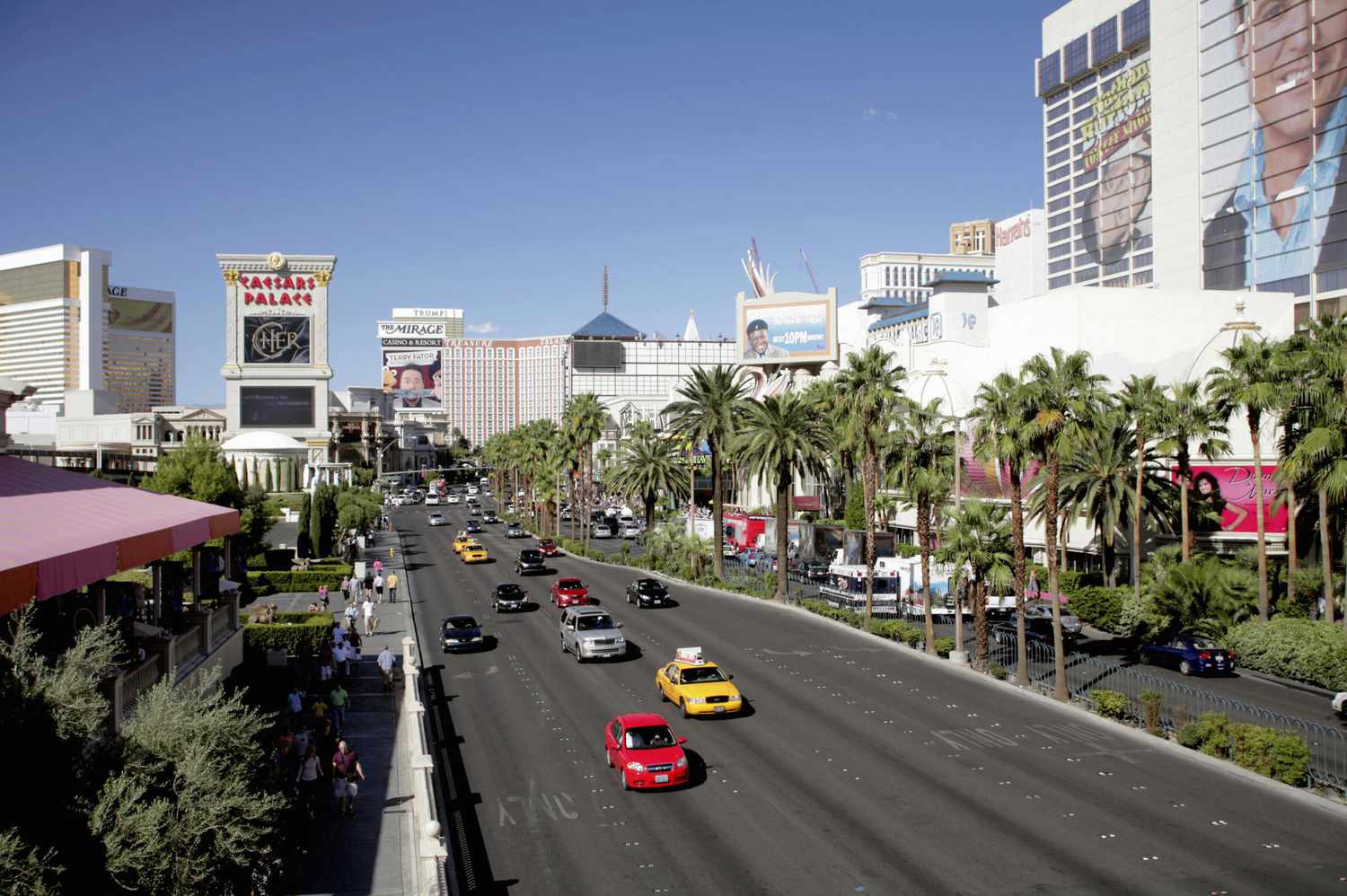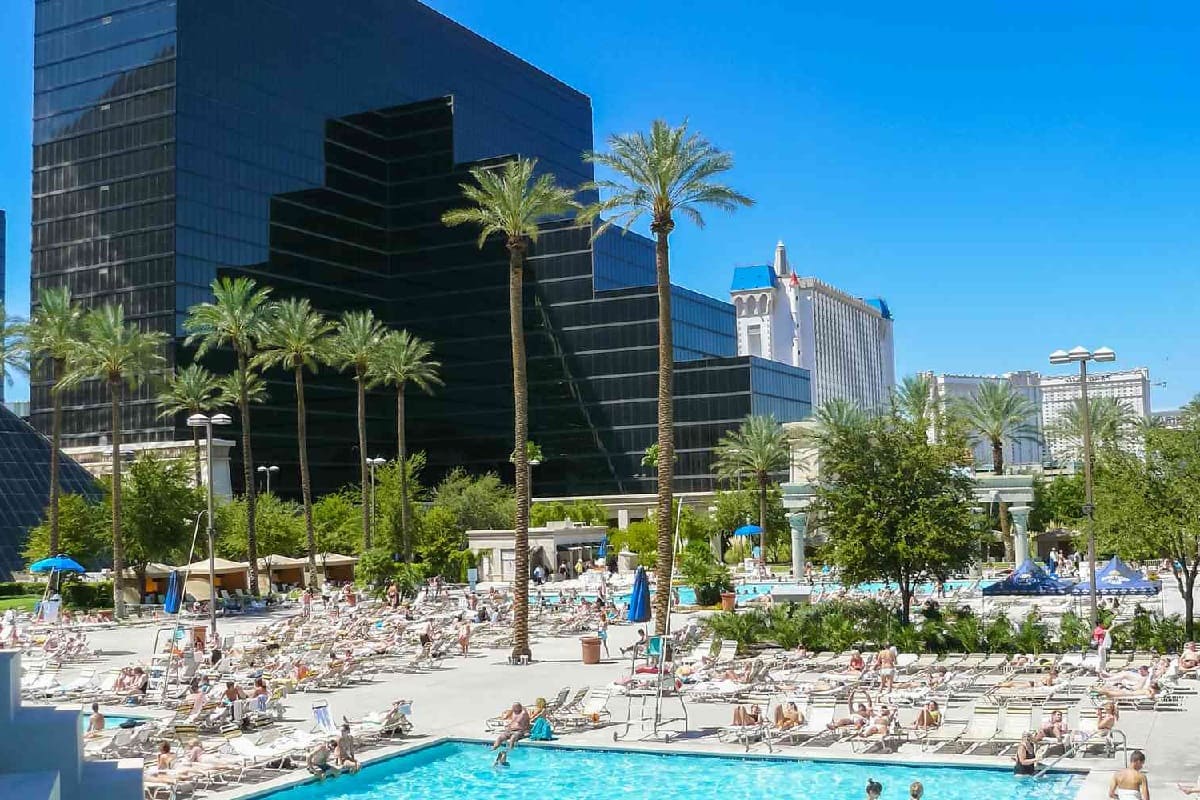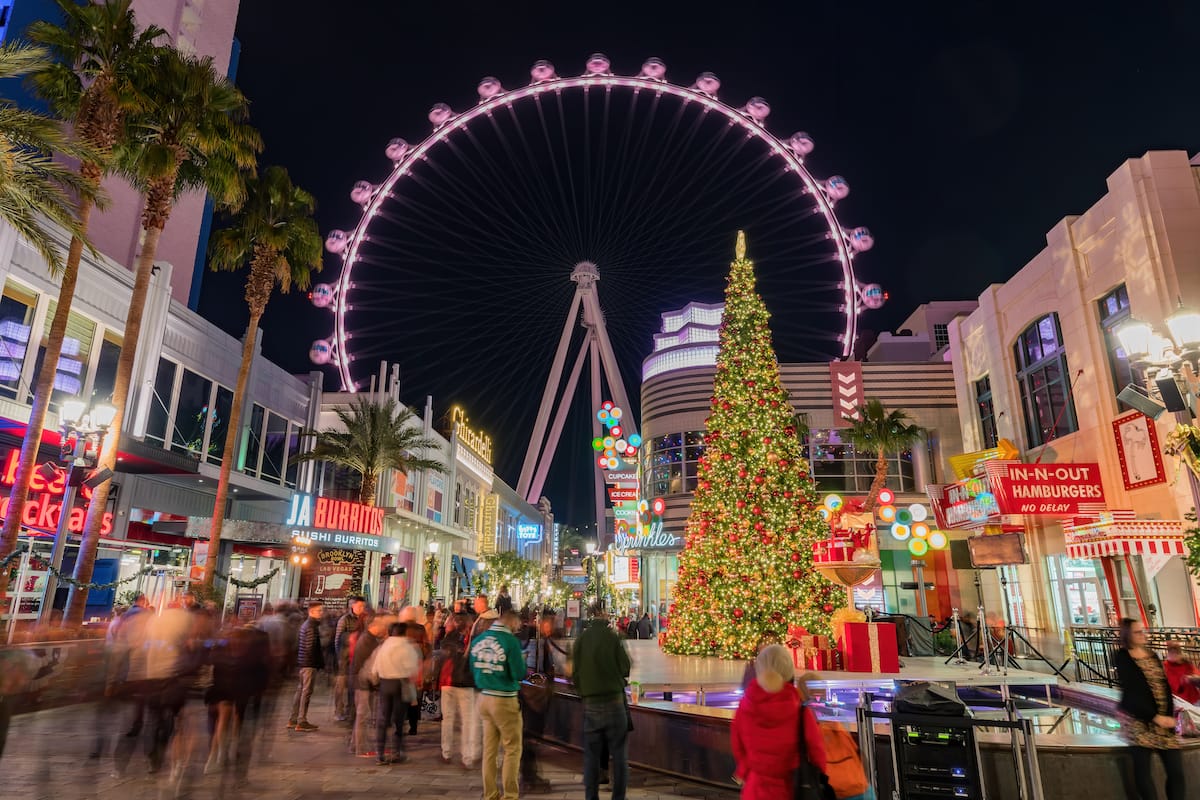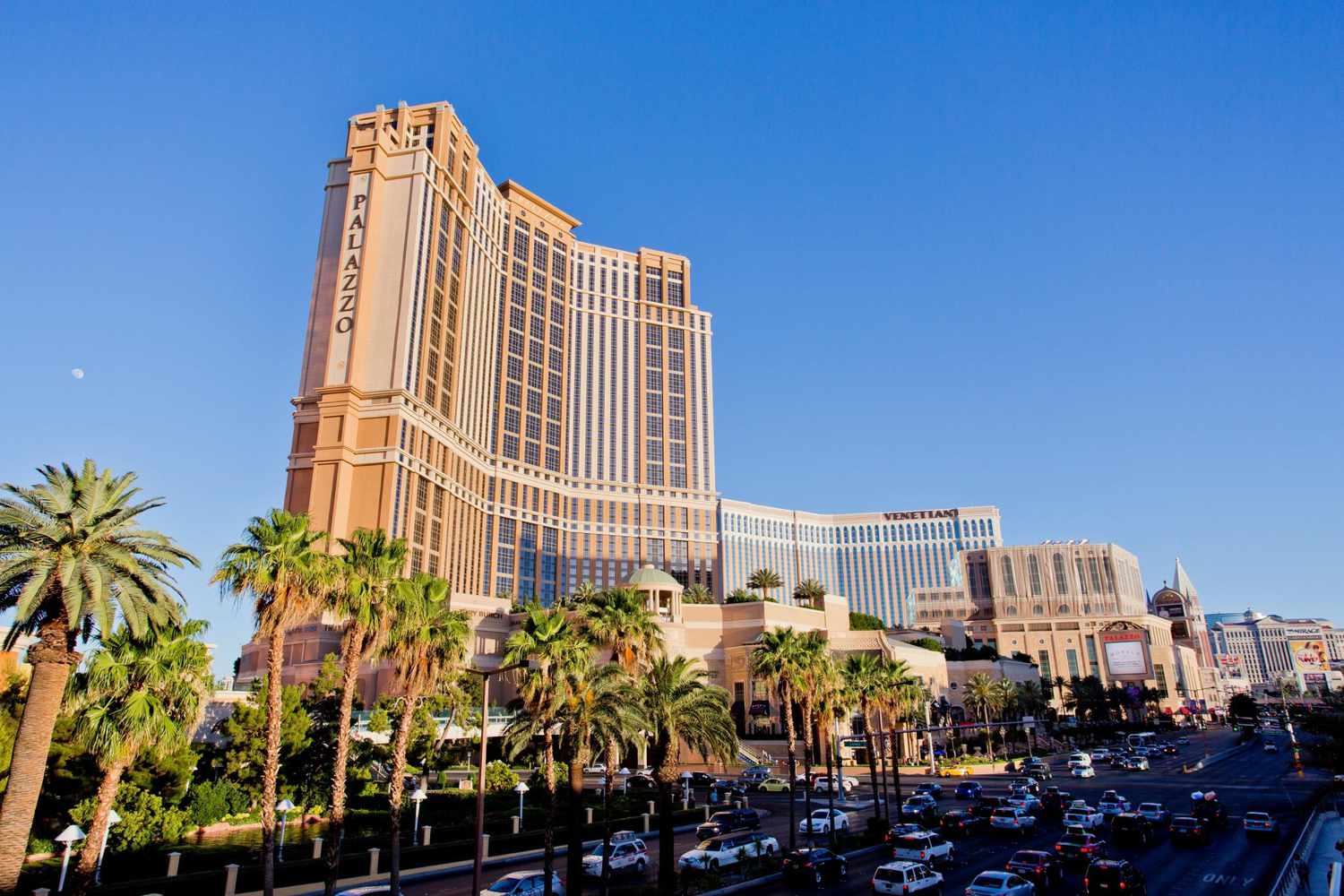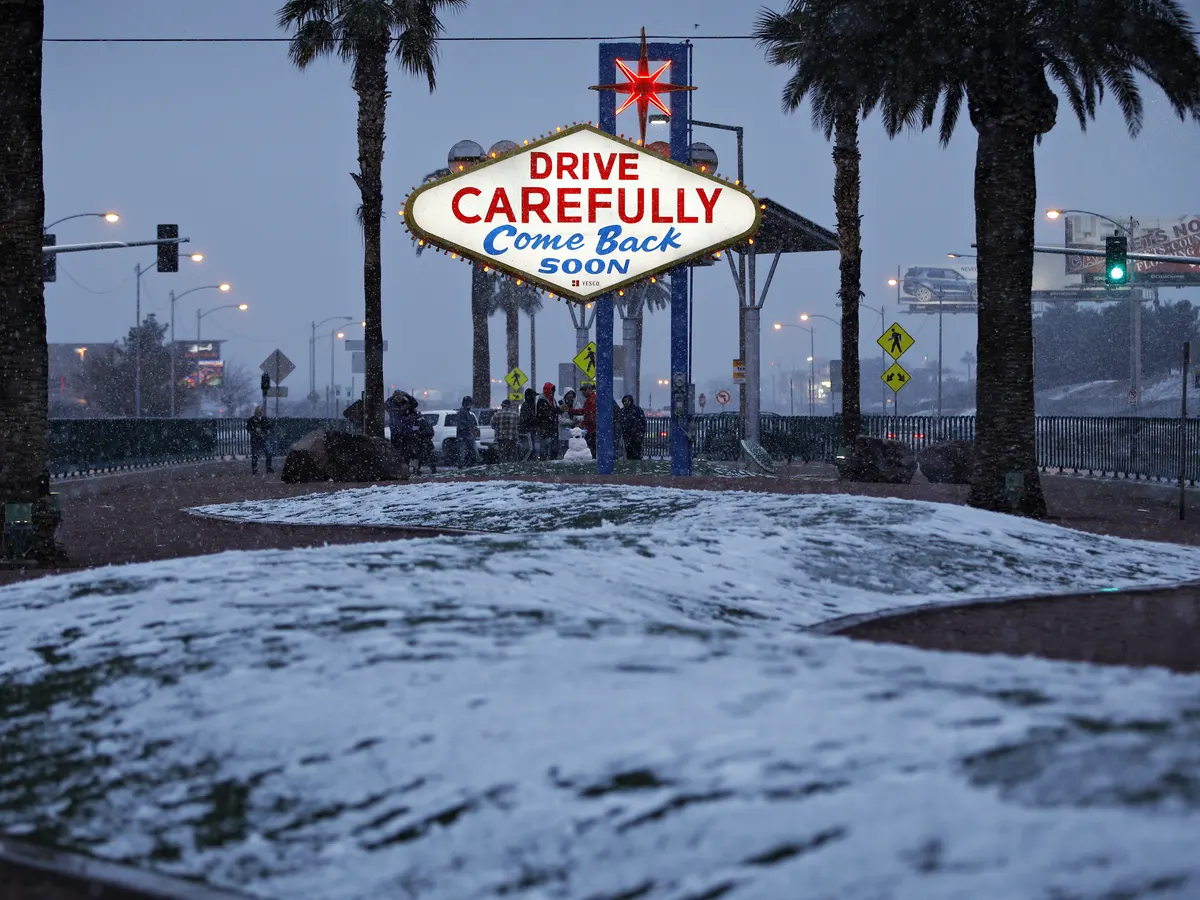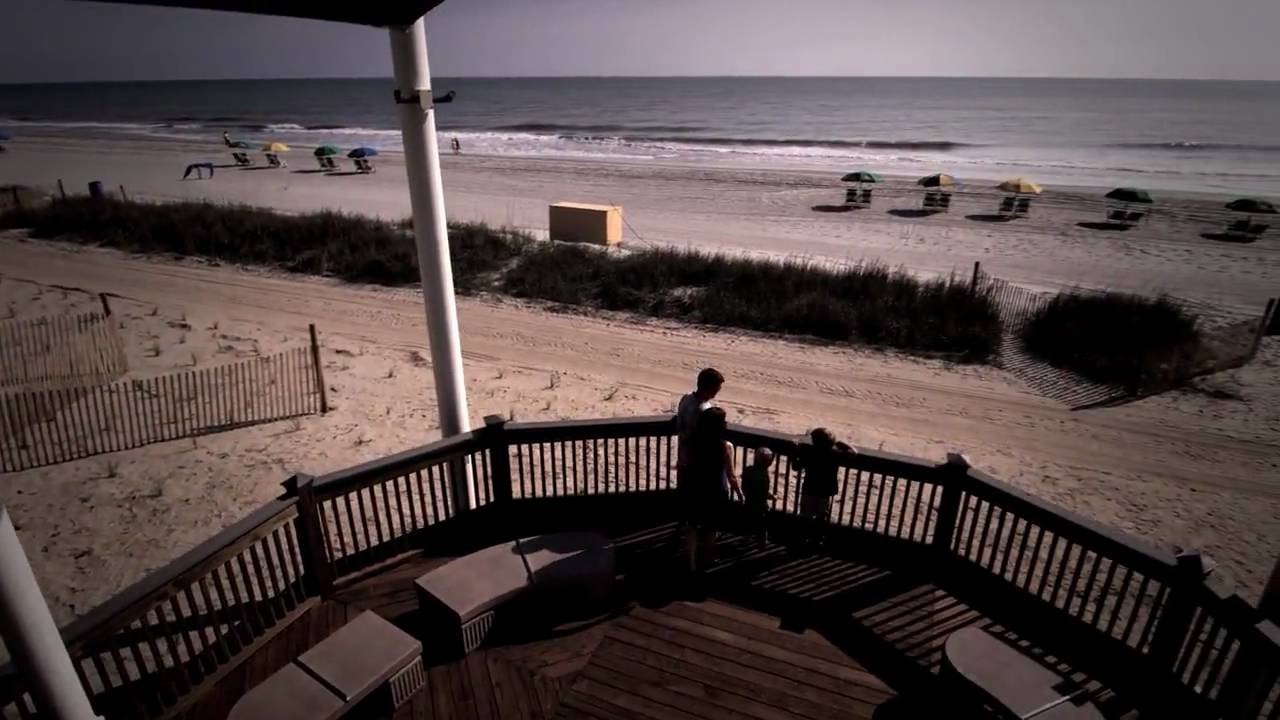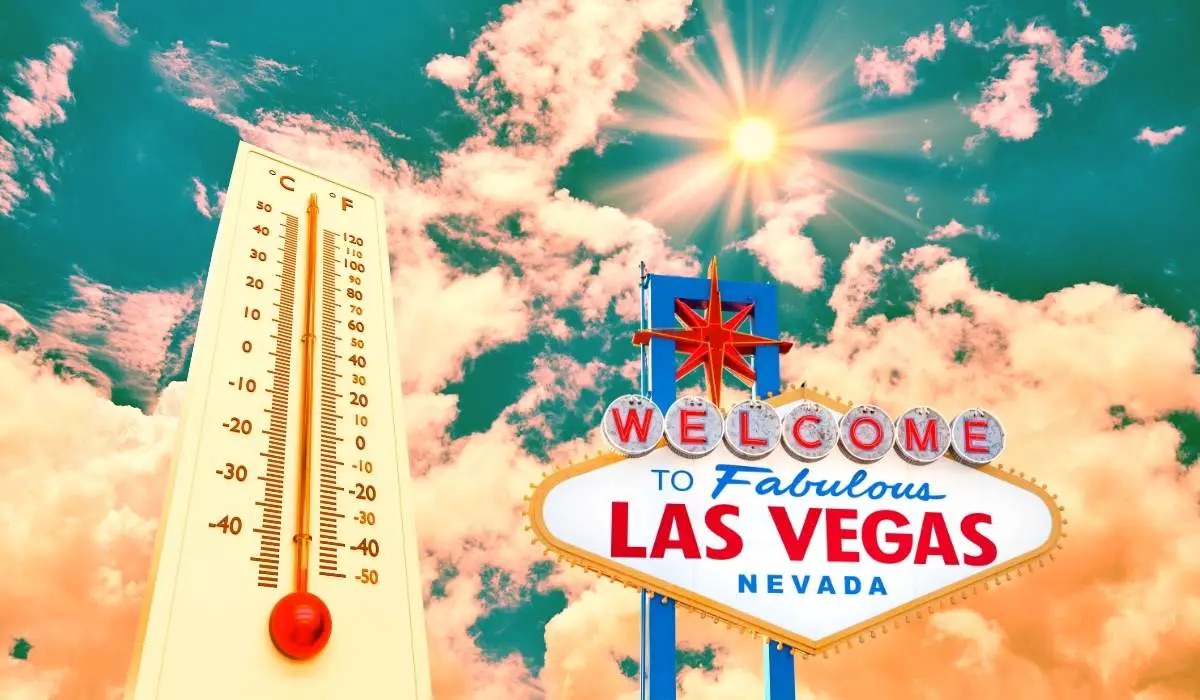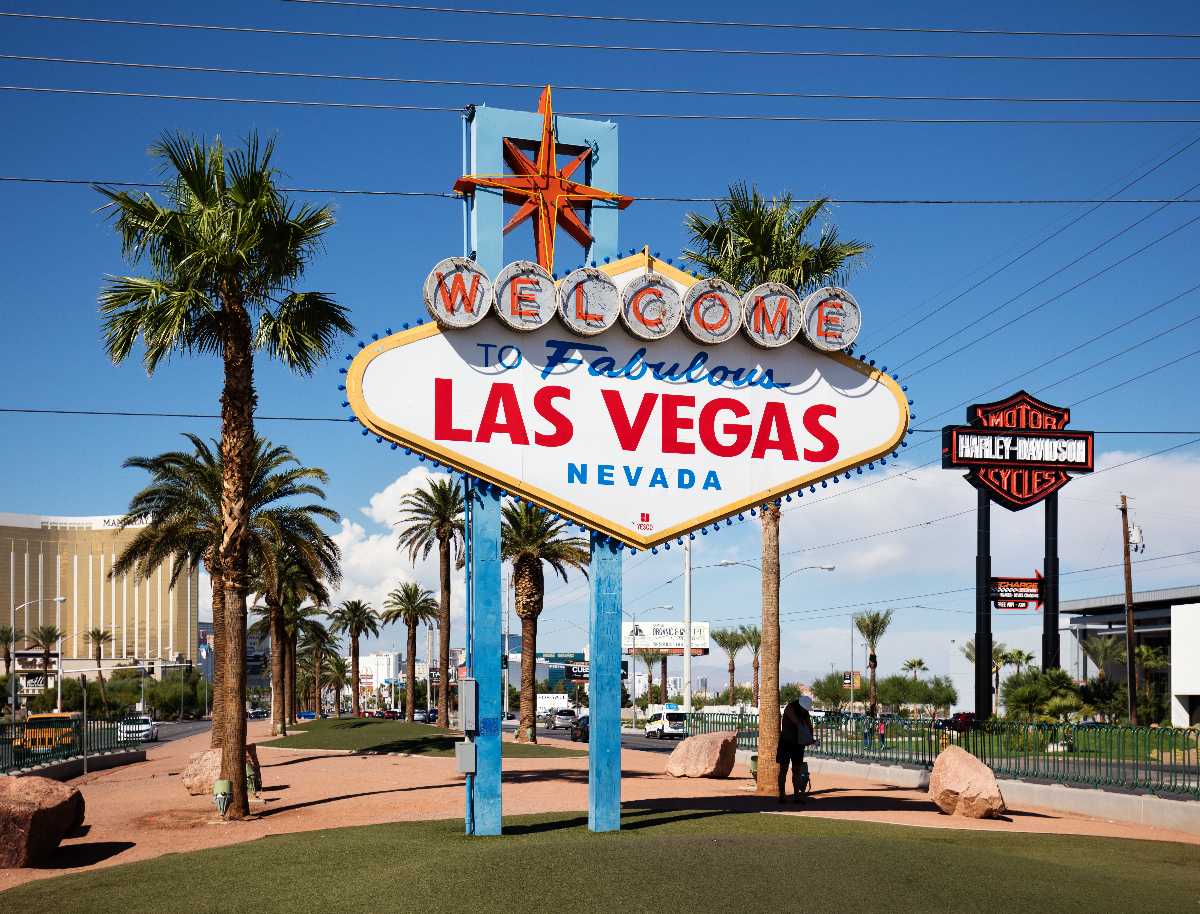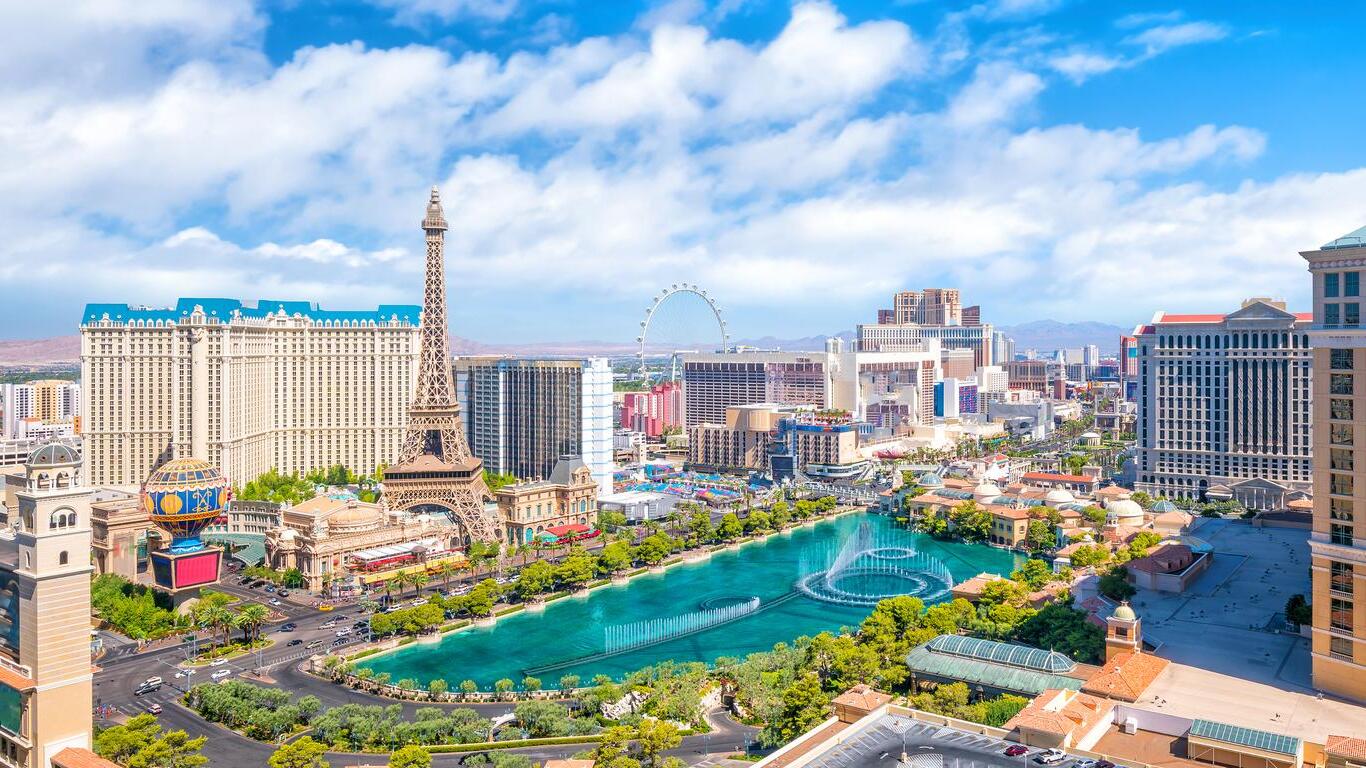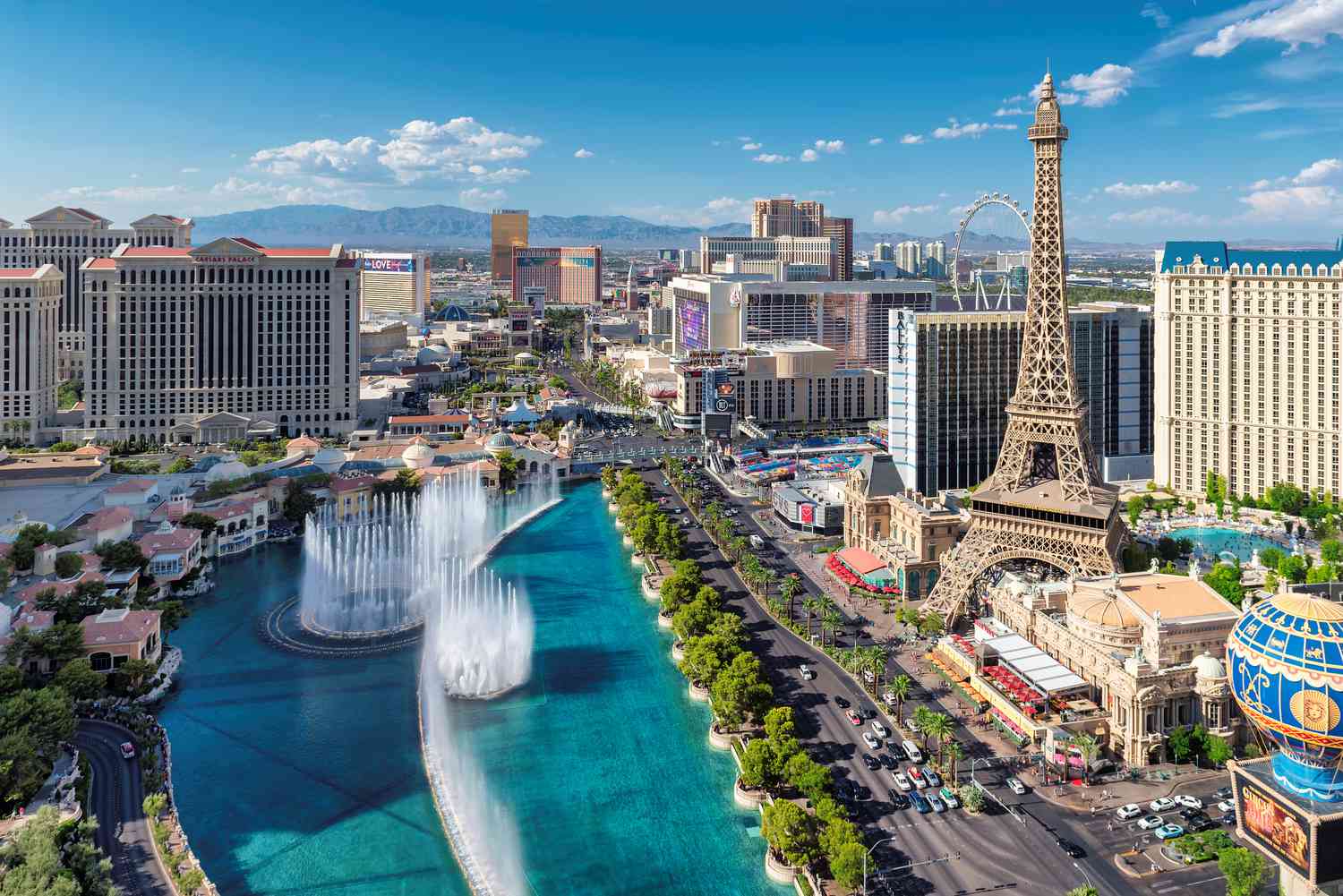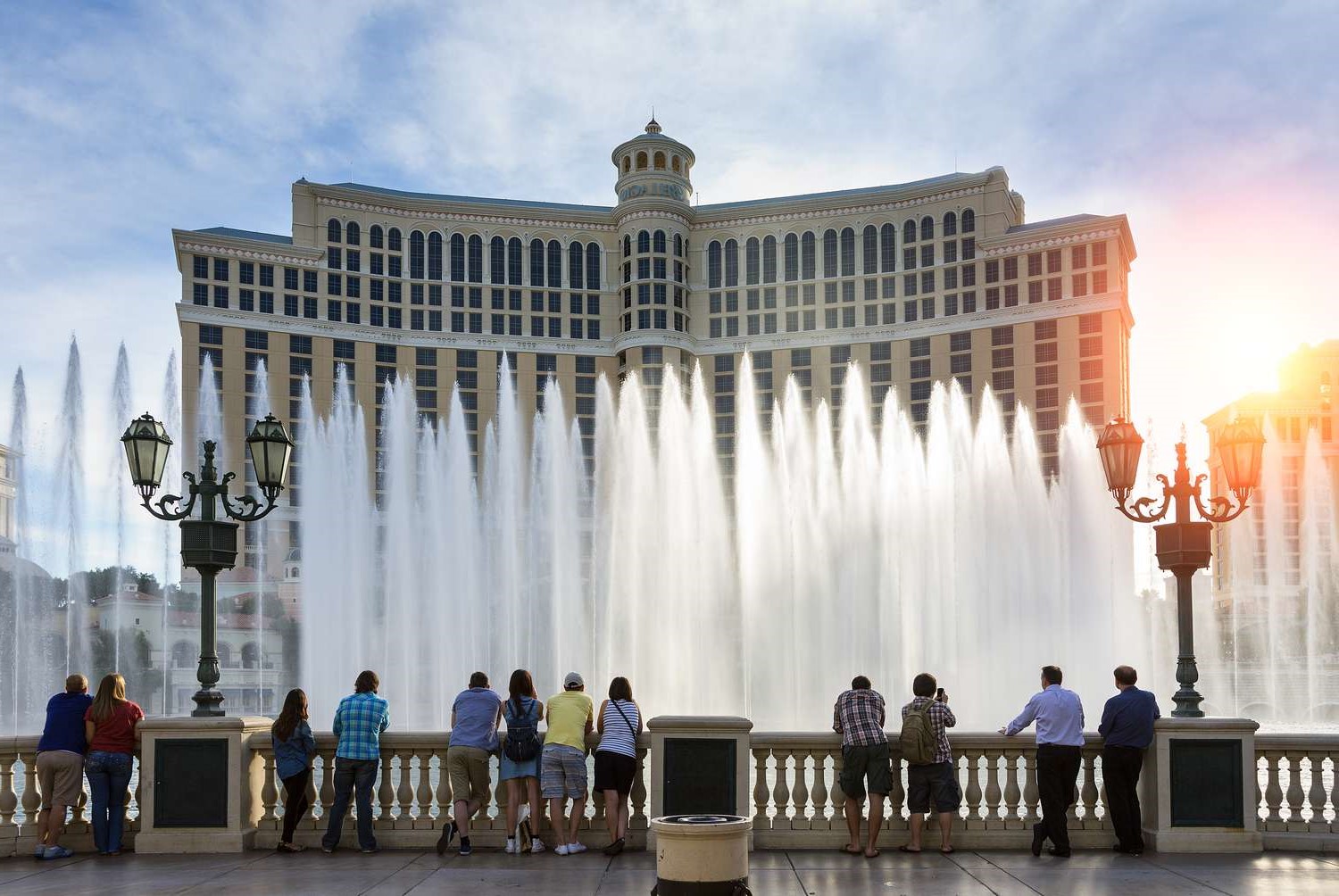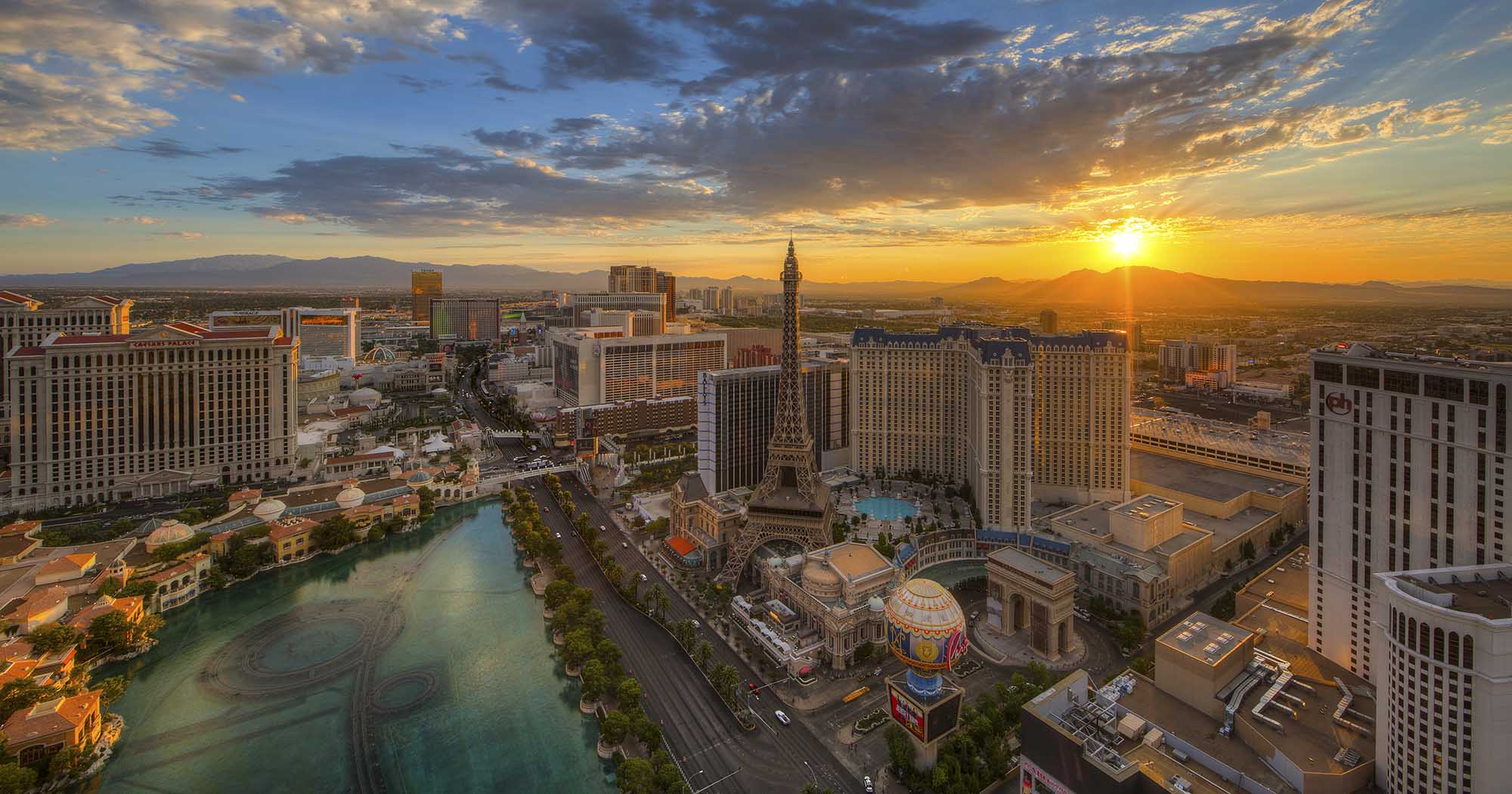Home>Weather and Climate>Average Temperature In Las Vegas In January
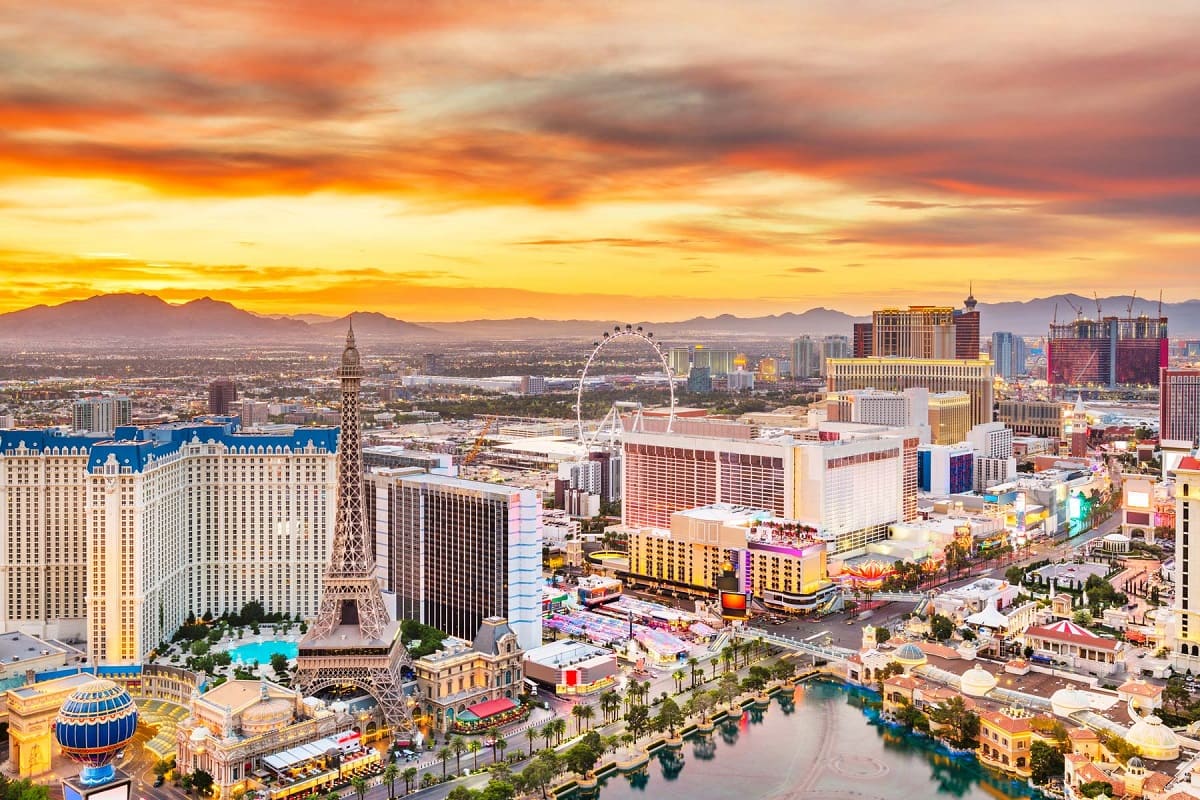

Weather and Climate
Average Temperature In Las Vegas In January
Published: March 3, 2024
Discover the average temperature in Las Vegas in January and plan your trip accordingly. Learn more about the weather and climate to make the most of your visit.
(Many of the links in this article redirect to a specific reviewed product. Your purchase of these products through affiliate links helps to generate commission for Temperatures.com, at no extra cost. Learn more)
Table of Contents
Introduction
Las Vegas, known for its vibrant nightlife, world-class entertainment, and iconic casinos, experiences a diverse climate throughout the year. Understanding the average temperature in Las Vegas in January is crucial for both residents and visitors to prepare for the weather conditions during this time of the year.
In January, Las Vegas encounters a unique blend of climate characteristics that significantly influence the average temperature. This month marks the heart of winter, bringing about distinct weather patterns that shape the city's atmosphere. Whether you're planning a vacation or considering a move to this bustling city, having a comprehensive understanding of the January climate is essential for making informed decisions and ensuring a comfortable experience.
The average temperature in Las Vegas in January serves as a pivotal factor for various activities and events taking place during this period. From outdoor excursions to indoor attractions, the weather plays a pivotal role in shaping the overall experience for residents and tourists alike. By delving into the climate dynamics and historical temperature trends, we can gain valuable insights into what to expect and how to best prepare for the January weather in Las Vegas.
As we delve into the climate of Las Vegas in January, we'll explore the factors that influence the average temperature, examine historical temperature data, and provide practical tips for dressing appropriately to navigate the weather conditions. Understanding these elements will empower individuals to make informed decisions and adapt to the unique climate of Las Vegas during this time of the year.
Climate of Las Vegas in January
In January, Las Vegas experiences a distinctive climate characterized by cool temperatures and occasional fluctuations in weather patterns. As the city enters the heart of winter, the average temperature reflects the influence of various climatic factors, shaping the overall atmospheric conditions.
The average high temperature in Las Vegas in January hovers around 58°F (14°C), while the average low temperature dips to approximately 39°F (4°C). These moderate temperatures create a comfortable environment for outdoor activities during the day, while the evenings tend to be cooler, requiring appropriate attire for warmth.
Precipitation in Las Vegas during January is relatively scarce, with the city receiving minimal rainfall. This dry climate contributes to the overall arid landscape, characteristic of the region. However, it's essential to be prepared for occasional light showers, as weather patterns can bring about sporadic rain events during this time of the year.
Furthermore, January in Las Vegas is known for its clear skies and abundant sunshine. The city typically enjoys an average of 9 hours of sunlight per day, providing ample opportunities for outdoor exploration and recreational pursuits. The clear, sunny days contribute to the overall appeal of the city, making it an inviting destination for visitors seeking a break from colder climates.
Despite the generally dry and sunny conditions, it's important to note that Las Vegas can experience occasional cold fronts in January. These weather phenomena can lead to temporary drops in temperature, requiring individuals to be prepared for cooler spells. Additionally, while snowfall is rare in Las Vegas, the surrounding mountainous areas may receive a dusting of snow, adding a picturesque touch to the city's backdrop.
Overall, the climate of Las Vegas in January offers a blend of cool temperatures, minimal precipitation, and abundant sunshine, creating an inviting environment for a wide range of activities. Understanding these climatic characteristics is essential for residents and visitors to prepare accordingly and make the most of their time in this dynamic city during the winter season.
Factors Affecting Average Temperature
The average temperature in Las Vegas in January is influenced by several key factors that contribute to the overall climate dynamics during this time of the year. Understanding these factors is essential for gaining insights into the intricacies of the January weather and its impact on the city's atmosphere.
-
Latitude and Elevation: Las Vegas, situated at a latitude of approximately 36 degrees north, experiences a unique positioning that influences its average temperature. The city's elevation, at around 2,000 feet above sea level, contributes to cooler temperatures, especially during the winter months. This combination of latitude and elevation plays a significant role in shaping the overall climate of Las Vegas in January.
-
Desert Environment: Las Vegas is located within the Mojave Desert, known for its arid climate and distinctive weather patterns. The desert environment significantly impacts the city's average temperature, leading to dry conditions and moderate temperature fluctuations. The arid landscape and minimal vegetation contribute to the rapid cooling of the desert terrain, influencing the overall temperature trends in January.
-
Weather Systems: The average temperature in Las Vegas during January can be influenced by the movement of weather systems across the region. Cold fronts originating from the north can bring about temporary drops in temperature, leading to cooler spells within the city. Additionally, the occasional presence of high-pressure systems and associated air masses can contribute to stable, clear conditions, shaping the overall temperature patterns.
-
Urban Heat Island Effect: As a bustling metropolitan area, Las Vegas experiences the urban heat island effect, where the concentration of buildings, pavement, and human activity can lead to slightly higher temperatures within the city compared to its surrounding rural areas. This localized phenomenon can impact the average temperature, especially during the daytime, as the urban environment retains heat and influences the overall climate dynamics.
-
Sunlight and Solar Radiation: The abundance of sunlight and solar radiation in Las Vegas during January plays a pivotal role in shaping the average temperature. The clear skies and extended daylight hours contribute to the overall warmth during the day, creating a comfortable environment for outdoor activities. The angle of the sun and its daily duration impact the heating of the city, influencing the average temperature trends.
Understanding these factors provides valuable insights into the intricate interplay of natural and environmental elements that contribute to the average temperature in Las Vegas during January. By recognizing the influence of these factors, individuals can better prepare for the unique climate dynamics and make informed decisions to navigate the weather conditions effectively.
Historical Average Temperature Data
Analyzing historical average temperature data provides valuable insights into the long-term climate trends and temperature variations that have shaped Las Vegas in January. By examining the temperature records from previous years, we can gain a comprehensive understanding of the city's climate dynamics and the typical temperature ranges experienced during this time of the year.
Over the past few decades, Las Vegas has exhibited consistent temperature patterns in January, characterized by moderate daytime highs and cooler nighttime lows. The historical average high temperature in January has typically ranged from 56°F to 60°F (13°C to 16°C), with occasional variations influenced by weather systems and atmospheric conditions. Similarly, the historical average low temperature has hovered between 36°F and 42°F (2°C to 6°C), reflecting the city's propensity for cooler evenings during the winter month.
Examining the historical temperature data also reveals occasional deviations from the typical temperature ranges. In certain years, Las Vegas has experienced brief periods of colder weather, leading to temporary drops in the average temperature. These deviations are often attributed to the influence of cold fronts and atmospheric disturbances, which can introduce variability in the city's climate patterns.
Furthermore, historical records showcase the rarity of significant snowfall in Las Vegas during January. While the surrounding mountainous regions may receive intermittent snowfall, the city itself has historically encountered minimal to no snow accumulation during this time of the year. This historical trend underscores the city's reputation for its dry, arid climate, with snowfall being a rare occurrence that adds a touch of novelty to the winter landscape.
The historical average temperature data also highlights the consistent presence of clear skies and abundant sunshine in Las Vegas during January. The city's reputation for sunny weather is reflected in the historical records, with an average of 9 hours of sunlight per day contributing to the overall warmth and inviting atmosphere. This prolonged daylight duration has been a defining feature of the city's January climate, shaping the experiences of residents and visitors alike.
By delving into the historical average temperature data, we can discern the recurring climate patterns and temperature trends that define Las Vegas in January. This historical perspective provides valuable context for understanding the city's climate dynamics and serves as a foundation for making informed preparations and decisions related to weather-related activities and events during this time of the year.
Tips for Dressing for the Weather in January
Dressing appropriately for the weather in Las Vegas in January is essential for staying comfortable and prepared to embrace the diverse climate dynamics. Whether you're planning outdoor excursions, exploring the city's attractions, or simply navigating daily activities, understanding how to dress for the January weather ensures an enjoyable experience. Here are valuable tips for dressing to suit the climate:
Read more: March Weather In Las Vegas: What To Expect
Layering is Key
Given the fluctuating temperatures in Las Vegas during January, layering your clothing provides flexibility to adapt to changing conditions throughout the day. Start with a lightweight, long-sleeved base layer to provide warmth during cooler mornings and evenings. Adding a sweater or fleece over the base layer offers insulation, while allowing you to easily adjust to warmer temperatures as the day progresses.
Versatile Outerwear
Carrying a versatile outerwear option, such as a light jacket or a stylish coat, is essential for braving the cooler evenings and potential temperature variations. Opt for a garment that provides warmth without being too bulky, allowing you to transition seamlessly between indoor and outdoor environments while maintaining comfort.
Comfortable Footwear
Selecting comfortable footwear is crucial for navigating the city's diverse terrain and ensuring foot protection. Opt for closed-toe shoes or boots that offer support and warmth, especially during cooler periods. Additionally, consider footwear with good traction to navigate any potential wet surfaces resulting from light showers.
Accessories for Sun Protection
While January in Las Vegas is characterized by clear, sunny days, it's important to protect yourself from the sun's rays. Donning a wide-brimmed hat and sunglasses not only adds a stylish touch to your ensemble but also shields you from the sun's glare. Additionally, applying sunscreen to exposed skin provides essential protection against UV rays, contributing to a comfortable outdoor experience.
Read more: Las Vegas Weather: Monthly Climate Guide
Versatile Clothing Options
Selecting versatile clothing options that can easily transition from day to night activities is advantageous. Consider outfits that offer both comfort and style, allowing you to adapt to various settings, whether it's exploring outdoor attractions or enjoying indoor entertainment venues.
Consideration for Evening Attire
For evening outings or events, incorporating slightly warmer attire into your ensemble is advisable. This may include a stylish scarf or a light shawl to provide additional warmth without compromising on style. By considering evening attire, you can ensure a seamless transition from daytime activities to evening engagements.
By incorporating these tips into your wardrobe choices, you can confidently prepare for the diverse climate of Las Vegas in January. Dressing thoughtfully for the weather not only enhances your comfort but also allows you to fully immerse yourself in the city's vibrant atmosphere, ensuring a memorable and enjoyable experience.
Conclusion
In conclusion, the average temperature in Las Vegas in January reflects a unique blend of climate characteristics, influenced by factors such as latitude, elevation, desert environment, weather systems, and solar radiation. The city experiences moderate daytime highs, cooler nighttime lows, and minimal precipitation, creating an inviting environment for a wide range of activities. Historical average temperature data reveals consistent temperature patterns, occasional deviations, and the rarity of significant snowfall, highlighting the city's reputation for its dry, arid climate and abundant sunshine.
Understanding the climate dynamics of Las Vegas in January is essential for residents and visitors to prepare effectively and make the most of their experiences. By incorporating the tips for dressing for the weather, individuals can navigate the diverse temperature fluctuations and ensure comfort while exploring the city's attractions and engaging in outdoor pursuits.
As individuals embrace the January weather in Las Vegas, they can look forward to clear skies, ample sunshine, and a dynamic environment that sets the stage for memorable experiences. Whether it's indulging in outdoor adventures, savoring the city's renowned entertainment offerings, or simply immersing oneself in the vibrant atmosphere, the climate of Las Vegas in January provides a compelling backdrop for a diverse array of activities.
Ultimately, the average temperature in Las Vegas in January serves as a defining element that shapes the city's atmosphere and influences the experiences of residents and visitors alike. By recognizing the interplay of climate factors, historical temperature trends, and practical dressing tips, individuals can confidently embrace the January weather and make the most of their time in this dynamic and captivating city.
